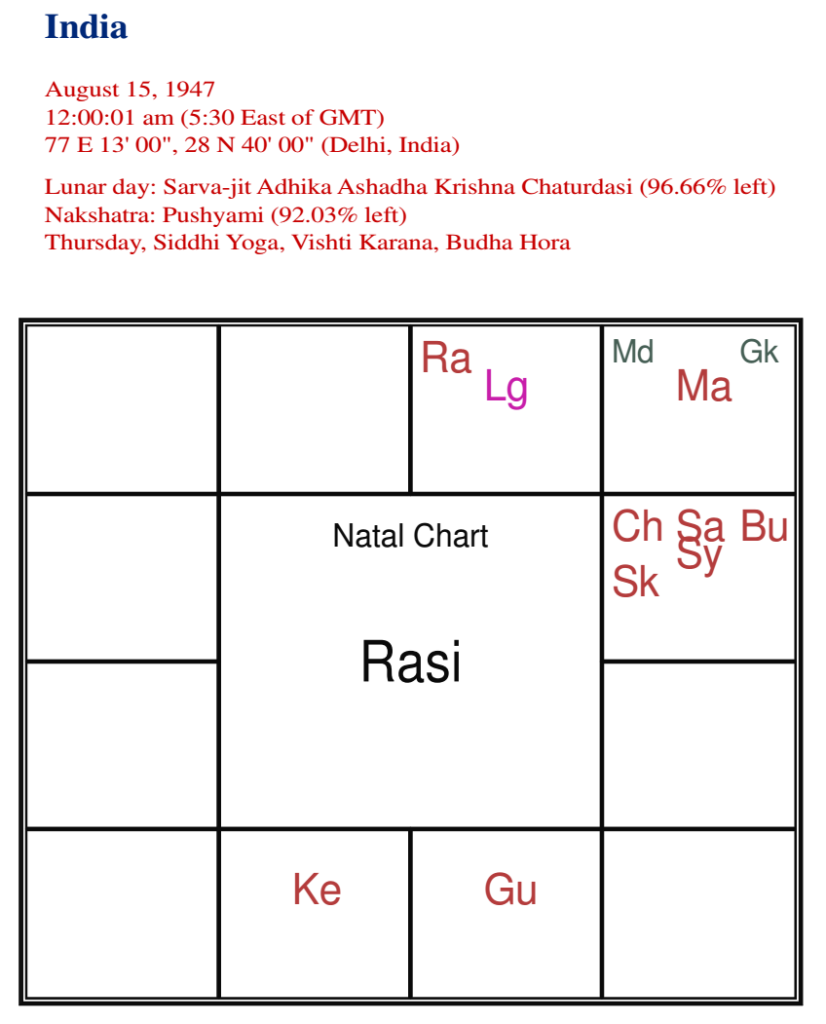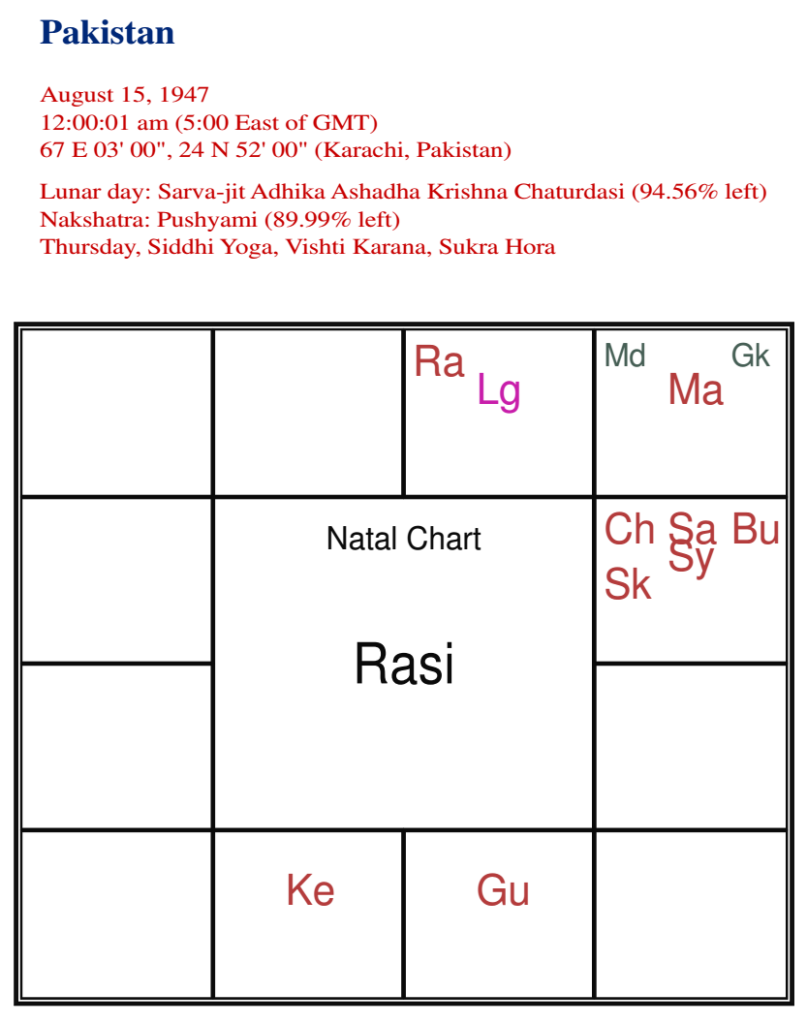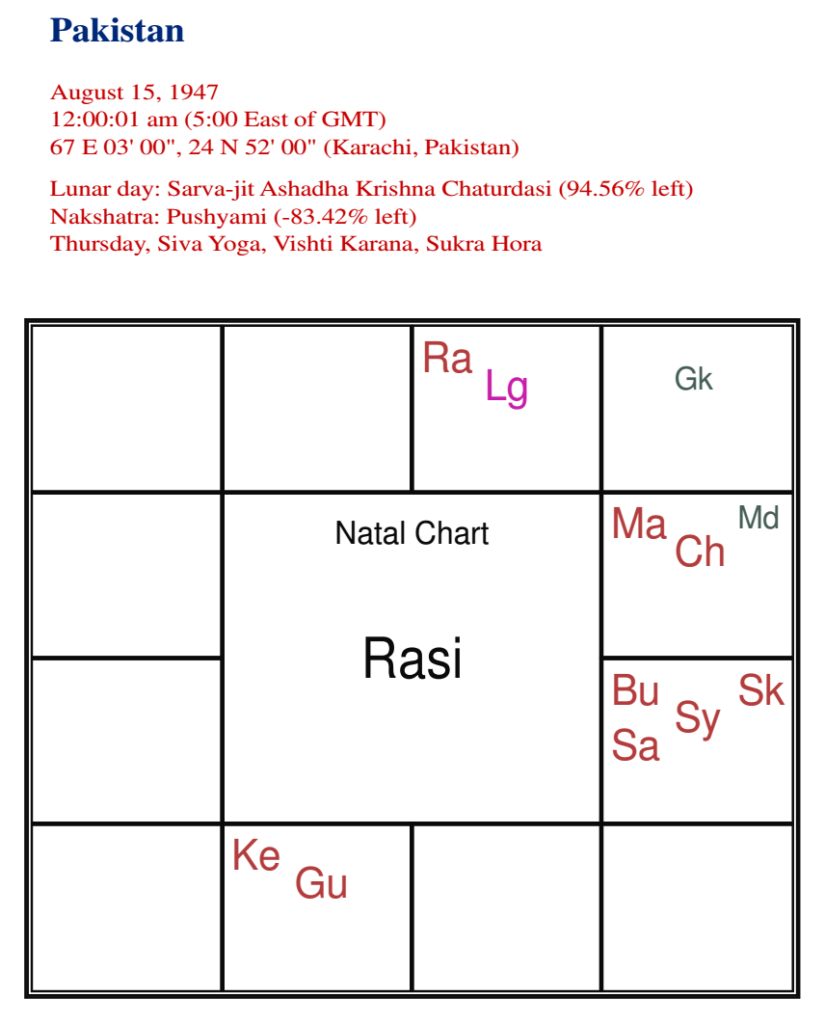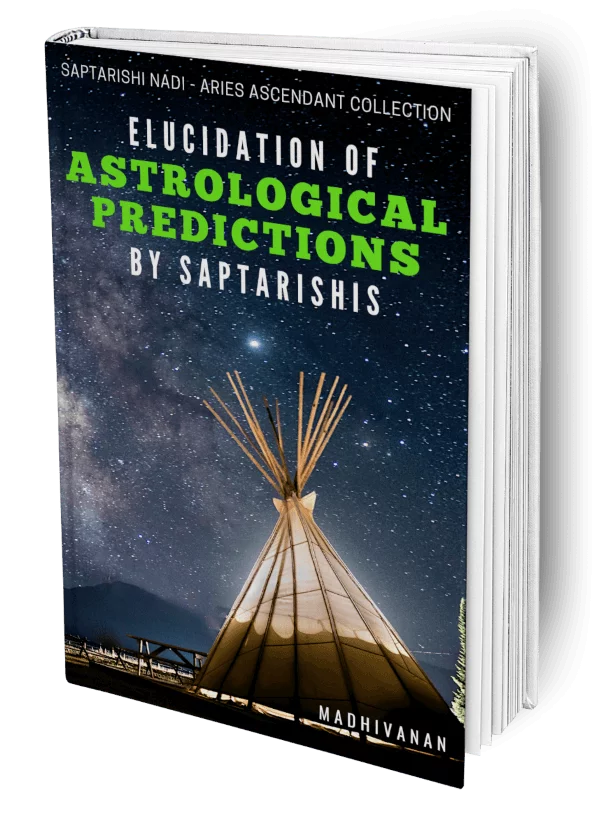The quest for truth
Astrology was practised by the rishis (sages) in ancient times. However, humanity has lost that precious art through the ages, and what goes around as astrology nowadays is but a pale shadow of what our ancestors knew then. As a result, in my endeavour to learn authentic astrology, I had to overcome a few misconceptions on what is considered authentic.
Table of Contents
Are the classical astrology books authentic?
The classical astrology books we have now have all been penned down after the start of Kali yuga. For example, Brihat Jataka is said to have been written about 2000 yrs back, and all the other books available now were written after Brihat Jataka. Moreover, the authenticity of the versions of Brhat Parasara Hora Sastra we have now is debatable. A profound discussion on this topic is available here.
Brihat Jataka
I read Brhat Jataka so as to learn astrology in its purest form as expounded by the sages. But, I felt wanting for more and that the book was incomplete. I don’t intend to say that I mastered that book, but the book does not discuss even some basic aspects of astrology like the rules about rahu and ketu; about 6th, 8th, and 12th houses being bad; etc.
No agreed-upon rules in Vedic astrology
To add to the confusion, no two books agreed on the astrological rules, and applying those contrasting rules did not produce good results. Certainly, I am not a master of astrology, agreed. But, even the masters cannot understand the basis of the predictions in nadi astrology and Saptarishi Nadi.
Saptarishi Nadi
To clarify, those who have consulted nadi astrology will realize the precision of the past-life predictions in those palm leaves; therefore, a science capable of such predictions existed/exists. In fact, we do have the work of saptarishis themselves in the Saptarishi Nadi series.
Saptarishi Nadi is a collection of books containing discussions of horoscopes by the seven sages (saptarishis) and the consort of Lord Siva, Devi Parvati, herself. It is written in poetic form in the Tamil language. These books were compiled from palm manuscripts found in various parts of Tamilnadu, India, and published by the Government Oriental Manuscripts Library, Madras. Most importantly, they are a treasure house for those who want to analyze the predictions of the horoscopes by the ancient sages. I have discussed at length about this collection in the Saptarishi Nadi section. I have compiled the portions where the saptarishis put forth their arguments in favor of/against some of their predictions in the form of an eBook titled, “Elucidation of astrological predictions by saptarishis: Saptarishi Nadi, Aries ascendant collection.”
The most intriguing aspect of Saptarishi Nadi is that the verses indicate the planetary position at the time of birth. The saptarishis also elaborate on their predictions and elucidate the various conflicting rules, which throw much light on the authentic rules of astrology.
Saptarishis used tropical zodiac
In the course of my quest for authentic astrology, a tectonic realization occurred: I learned that the saptarishis used a tropical zodiac with sidereal nakshatras, as opposed to a sidereal zodiac. To clarify, traditional Indian astrologers nowadays use sidereal zodiac. I have discussed at length the evidence that the saptarishis used a tropical zodiac in my article here. Specifically, manuscript evidence for the use of tropical zodiac by the saptarishis is also available now.
Tropical zodiac vs sidereal zodiac
To understand the impact of using a tropical zodiac versus sidereal zodiac, let’s compare the charts for two countries that obtained independence at the same time—India and Pakistan.
Chart using sidereal zodiac for India and Pakistan
Both India and Pakistan obtained independence on August 15, 1947, at the stroke of midnight. The horoscopes for India and Pakistan generated using sidereal zodiac (traditional Lahiri ayanamsa) are given below:


We see that the ascendants are the same for both countries. In fact, the horoscopes are the same for both countries using sidereal zodiac. However, we know that the two countries have very different characters, standing in the world stage, and growth trajectories.
Although Pakistan now celebrates its independence on the 14th of August, the Indian Independence Act 1947 recognized 15th August 1947, as the birthday of both Pakistan and India. Jinnah also declared in his first speech, “August 15 is the birthday of the independent and sovereign state of Pakistan.” Only later did Pakistan advance the Independence Day to 14th August. Therefore, for astrological predictions, 15th August should be considered as the moment of birth for Pakistan. The moment of conception cannot be changed to our whims and fancies after the fact.
The charts using tropical zodiac
Let us use tropical zodiac for calculating the birth chart of both the nations. Setting up JHora to use tropical zodiac with sidereal nakshatras has been illustrated in this post.


A cursory analysis shows that the ascendant is different for the two nations. The ascendant for Pakistan is the same as before (Taurus). However, the placement of the planets has changed. The ascendant for India is Gemini. The charts of India and Pakistan are different now.
One conspicuous bit of history is that Pakistan waged many wars against India and lost. The ascendant lord for Pakistan, Venus, is placed in the 4th house (Leo). Venus also happens to be the 6th lord and is strongly placed in a kendra. A strong 6th lord is not good for the analyzed entity and strengthens one’s enemies. By contrast, the 6th lord for India is Mars and is debilitated in Cancer. A native with a debilitated 6th lord overcomes her enemies.
Computation using tropical zodiac brings out the differences in the fate of the two nations, while that using a sidereal zodiac does not. Other astrologers have used a different birth time for Pakistan to circumvent this problem, which is unacceptable. The tropical zodiac clearly depicts the truth.
Try explaining the fate of India and Pakistan using sidereal zodiac. One would have to resort to complicated rules and explanations (or bend them to one’s advantage) or alter the birth time (rectification). The astrologers who used sidereal zodiac through the centuries would have tweaked the rules based on their experience to explain the life events.
Know your Vedic horoscope with tropical zodiac and sidereal nakshatras
To compute a horoscope with tropical zodiac and sidereal nakshatras for you for free, you can send me your birth particulars (date, time, and place of birth) through the contact form in the website. I will send you the basic horoscope in pdf form as soon as I find time.
To sum up
After I came across Saptarishi Nadi, I realized that the saptarishis used a tropical zodaic. However, humanity lost this knowledge during Kali yuga. Later, the traditional astrologers in India started using a sidereal zodiac. As a result, over the course of time, they would have tampered/invented the rules to suit a sidereal zodiac. Therefore, the classical astrological books we have now may not be authentic.
My blog
In my humble quest to learn authentic astrology as practised by the rishis, I have chosen to write on Saptarishi Nadi and Pulippani astrology as I find these to be authentic, unsullied by the ravages of time.
I will be writing on the authentic rules as discussed by the saptarishis in Saptarishi Nadi in my blog.

February 25, 2019 at 5:37 pm
Super Da madhi,your ug classmate sivaraman
February 25, 2019 at 10:09 pm
Hi Sivaraman! Good to see you here. Welcome!
May 20, 2019 at 11:15 am
Hi respectable sir may I know whether are you using tropical zodiac with sidereal nakshatras (that means – 1st to 4th padam of Utthirattathi natchathiram, 1st to 4th padam of Revathi natchathiram and only the 1st padam of Ashvini natchathiram falls in Mesham Rasi) or are you using tropical zodiac system without making any changes which is totally based on the Jagannath Hora Software (Mesha Rasi still has 1st to 4th padam of Ashvini natchathiram, 1st to 4th padam of Bharani natchathiram and the 1st padam of Karthigai natchathiram)?
May 20, 2019 at 11:54 am
I use tropical zodiac with sidereal nakshatras, as I found out that the saptarishis used a tropical zodiac. Jagannatha Hora software allows tropical zodiac with sidereal nakshatras to be set. I have explained how to set it up in JHora software in this post. As of now, Utthirattathi, Revathi, and 1st patham of Ashvini fall in Mesham, as you have mentioned. Hope this helps.
May 20, 2019 at 4:23 pm
Good day sir, which panchangam is correct to calculate the planetary positions Vakyam or Thirukanitham for the use of Tropical Zodiacs with Sidereal Nakshatras?
May 20, 2019 at 6:19 pm
The short answer is neither. Let me explain. Vakyam plots the planetary positions based on the slokas written by our ancestors. Thirukanitham (திருக்கணிதம்), as the name implies, uses the latest scientific calculations to locate the planets, but also adds/subtracts ayanamsa to align it to the Indian sidereal zodiac. Therefore, all the available panchangams follow sidereal zodiac. Only few software support tropical zodiac with sidereal nakshatras, and one of them is Jagannatha Hora, which is free to use. Refer to the earlier comment for setting it up.
May 22, 2019 at 5:36 pm
Dear respectable sir, I have some questions to ask you. My questions are:
While using the Tropical Zodiac + Sidereal Nakshatras as hinted in the Saptarishi Nadi are there specific rules dictated by our great sages “Saptarishis” to predict anyone’s chart?
What about the Vimshottari Dasa, the Chara Dasha system and the many other Dasha systems, is it applicable (useful in predicting important events in an individuals life) with this combination of Tropical Zodiac + Sidereal Nakshatras?
Is there a specific Dasha system that our great sages “The Saptarishis” have established for the this combination Tropical Zodiac + Sidereal Nakshatras?
What about Ashtakvarga, Shadbala and the many divisional chart systems (Ex: Hora, Drekana, Chaturthamsa, Saptamsa, Navamsa and etc.) are all these useful for the Tropical Zodiac + Sidereal Nakshatras system of prediction?
I’m really looking forward for your reply sir. Thank you.
May 22, 2019 at 5:55 pm
The saptarishis used Vimshottari dasa system and no other, for sure. If you refer to the saptarishi nadi page, you will find a link to the book on aries ascendant collection. If you can understand Tamil, you can see it for yourself. I remember finding a mention of navamsa in one of the verses.
To be clear, there is no separate tropical zodiac+sidereal Nakshatra system. It is the only legitimate system our ancestors followed. With the onset of kali yuga, that knowledge should have been lost. More about this has been explained in one of my posts.
August 27, 2022 at 12:43 pm
Dear Sir,
I cast my chart with Sayan system and sidereal nakshatras. Looking at the shodashvarga, I saw that house placements of many divisional charts are affected except Navamsa. In navamsa house placements remain same as for sidereal rashi chart but if course rashi placements change.
May 24, 2019 at 8:46 am
காலைவணக்கம் ஐயா, மிக முக்கியமானது எது (முதல் முக்கியத்துவம்) ராசி சக்ரா லாக்நாம் அல்லது நவாம்சா சக்ரா லக்நாம்?
May 24, 2019 at 10:19 am
சப்தரிஷிகள் ராசி சக்கரத்தை மட்டுமே வைத்து அநேக பலன்களை கூறியிருக்கிறார்கள், முன் பிறப்பு உட்பட. அந்த சூட்சுமங்கள் நமக்குத் தெரியாதெனினும் ராசி சக்கரம் மட்டுமே சப்தரிஷி நாடியில் விவரிக்கப்பட்டுள்ளது. ஆகையால் அதுவே முதன்மையானதாகும்.